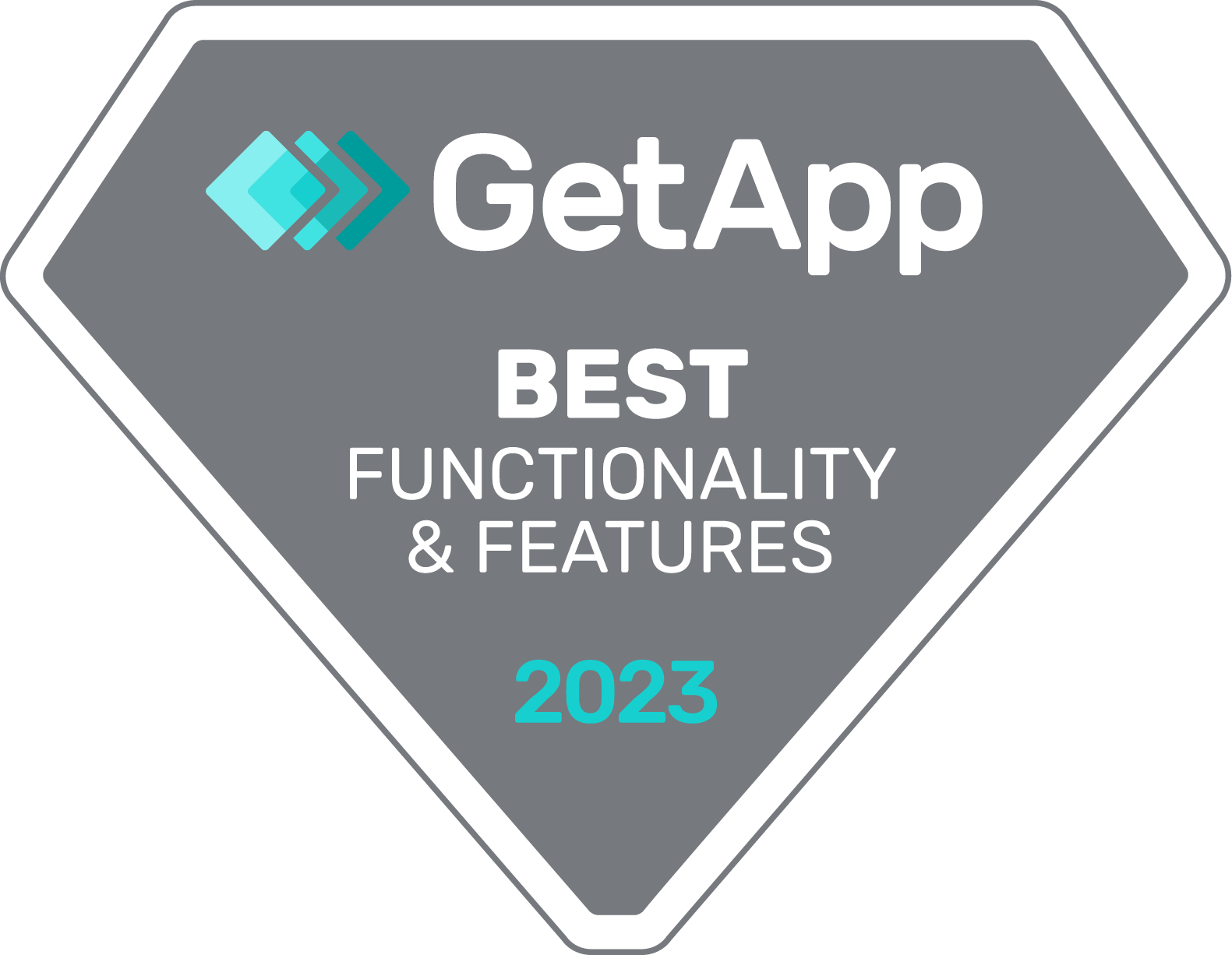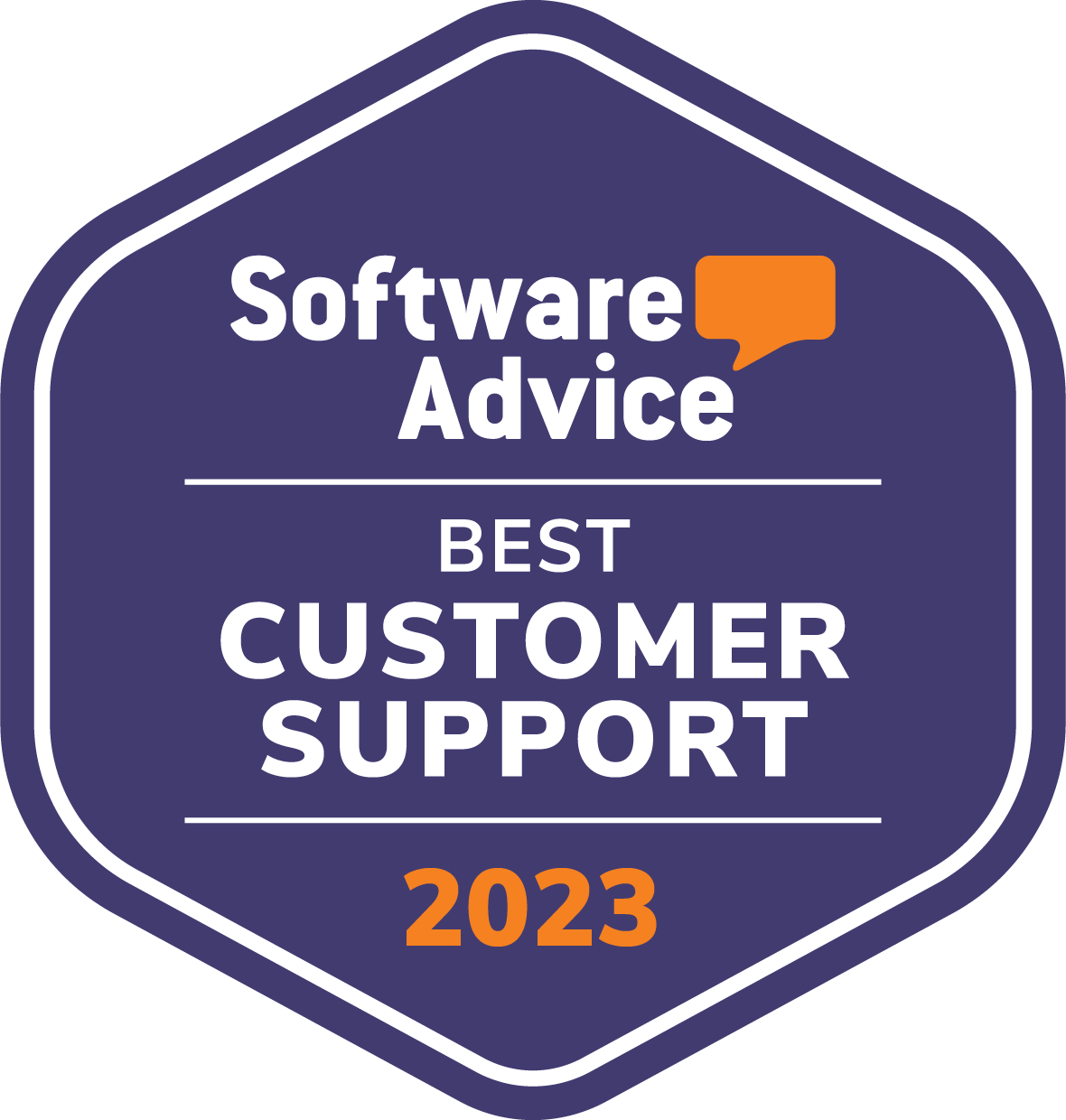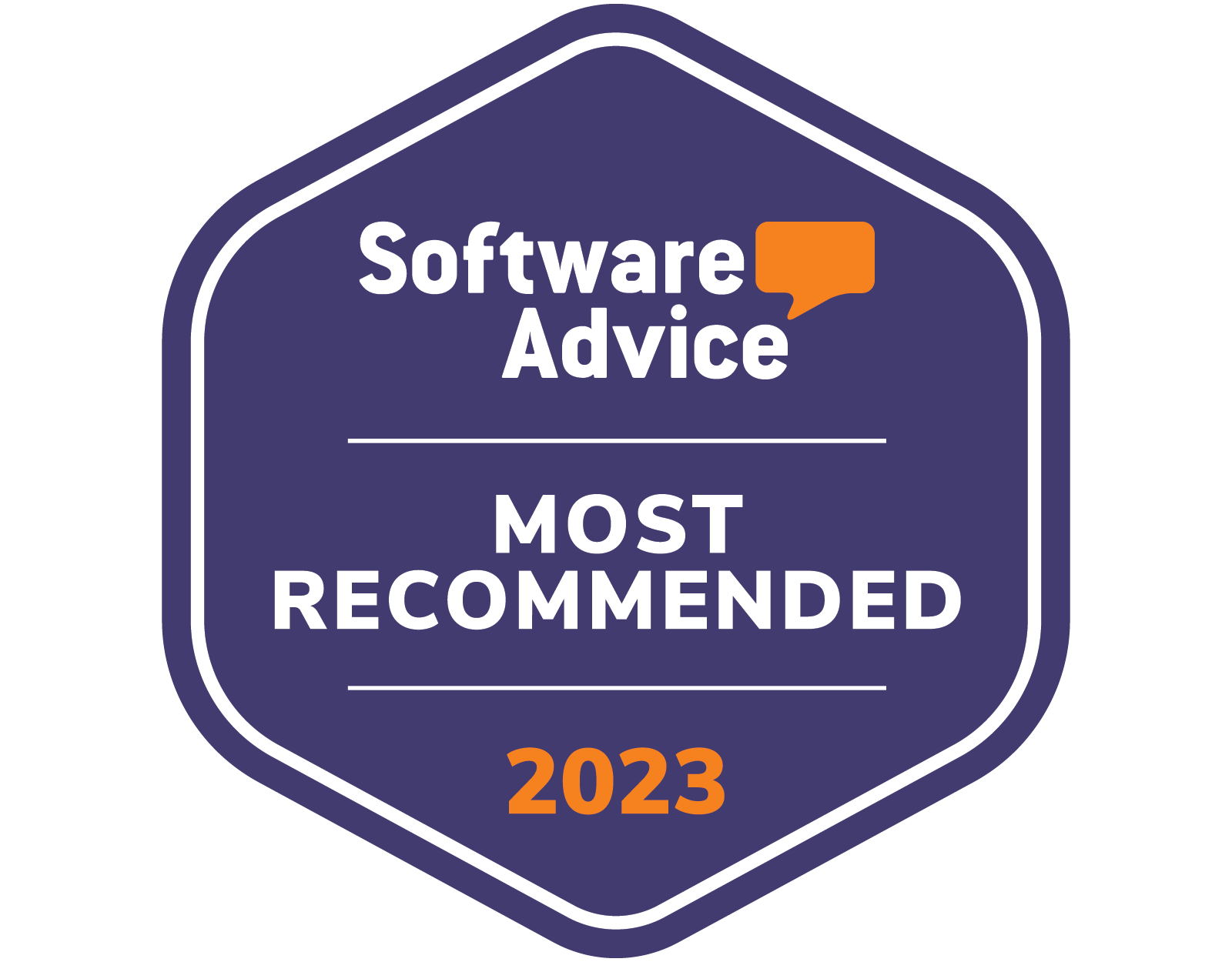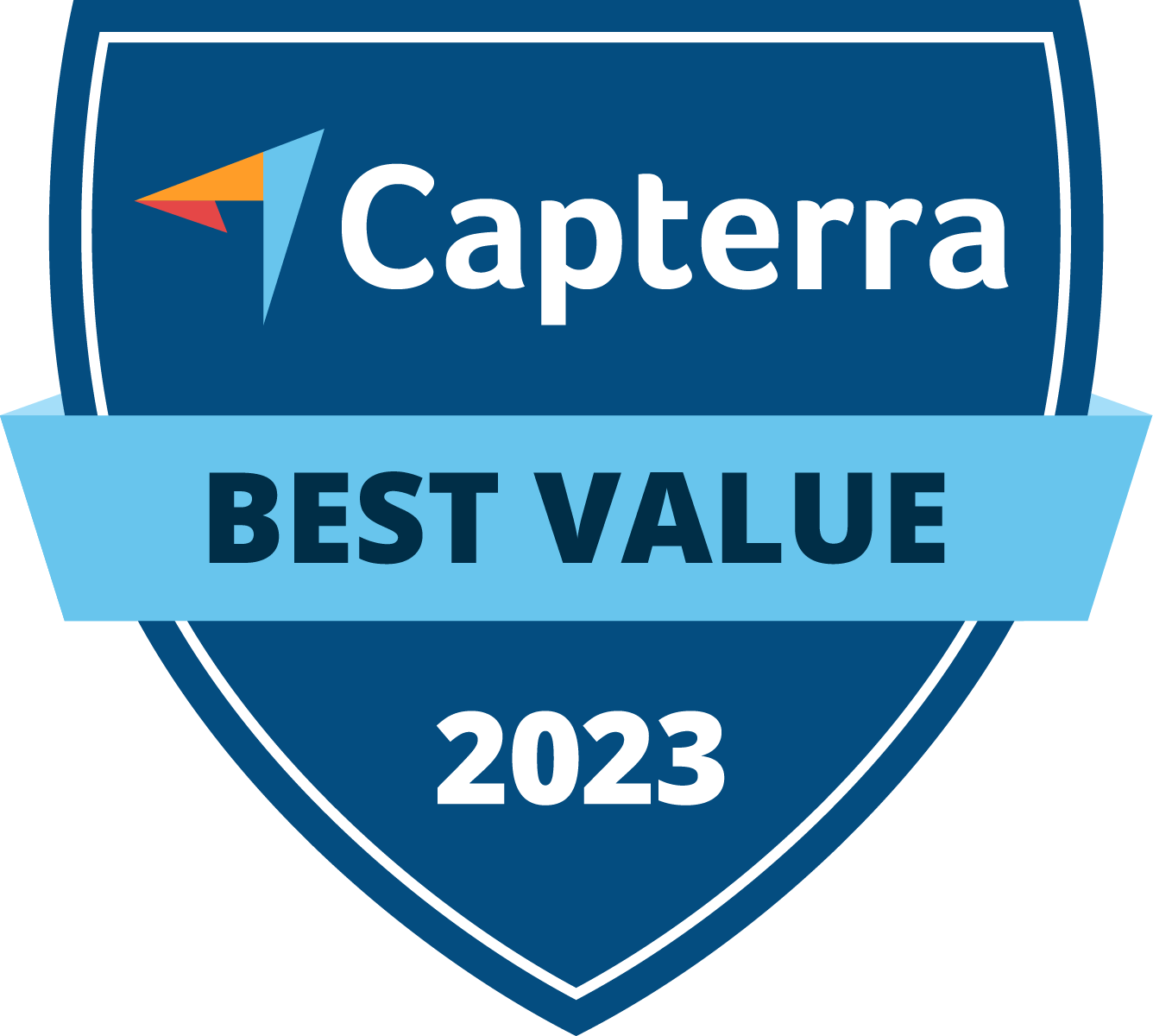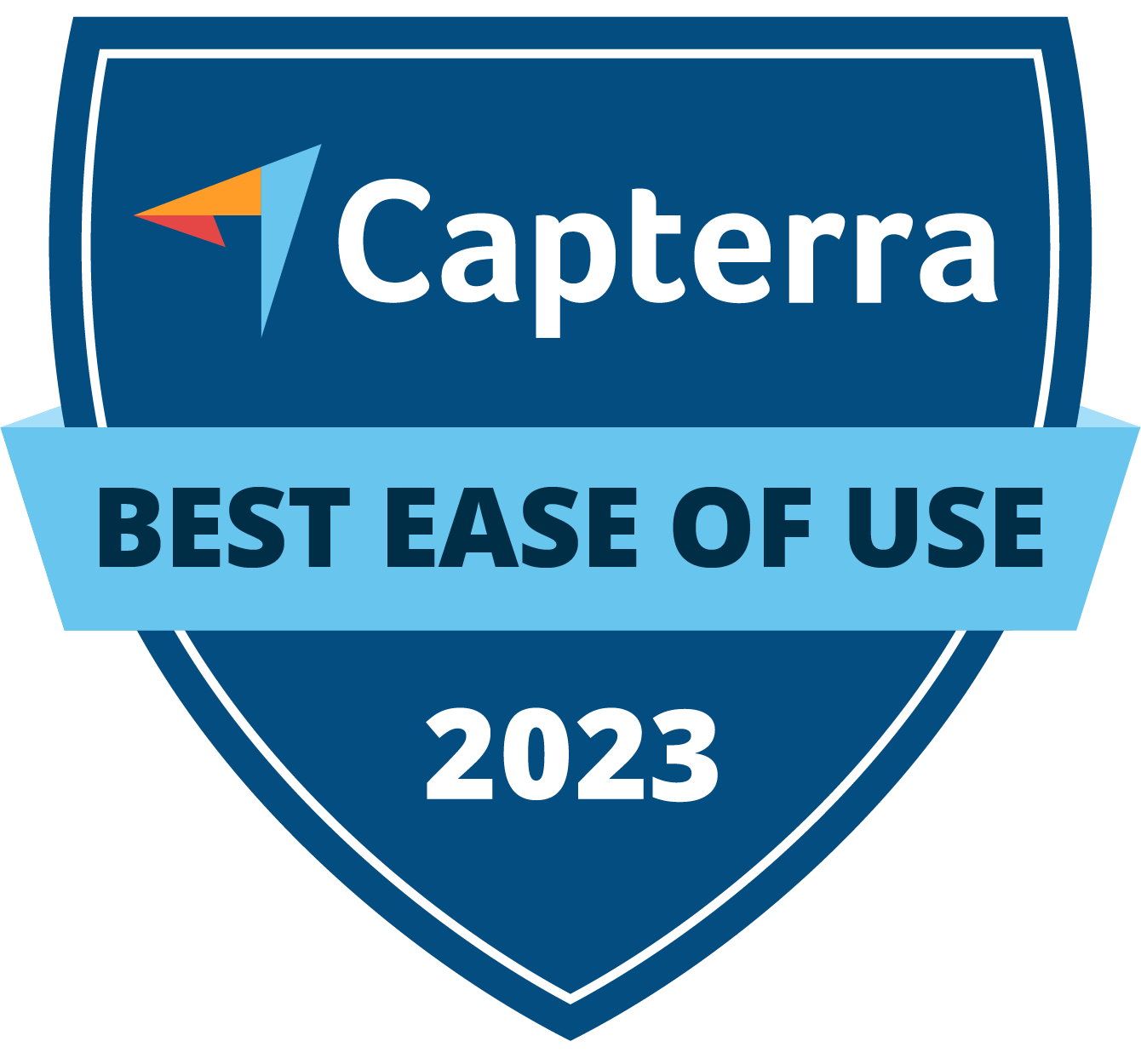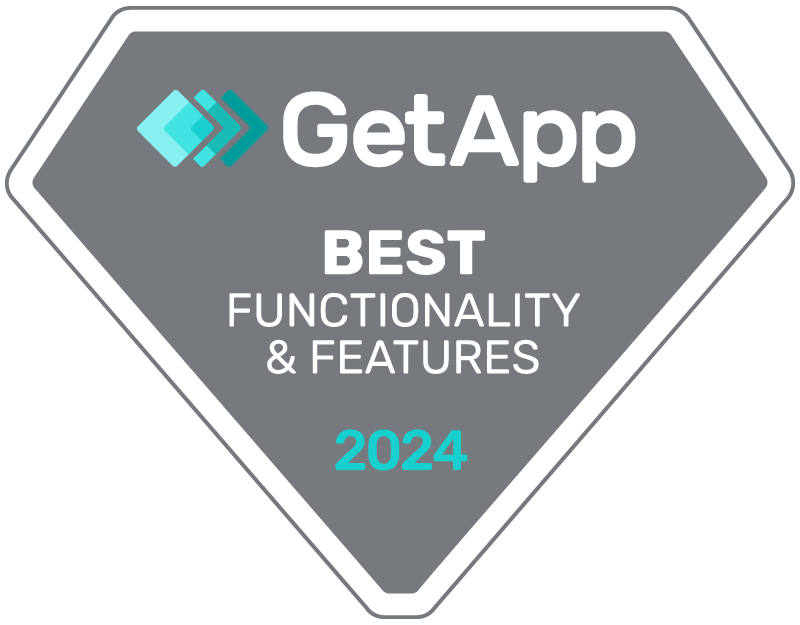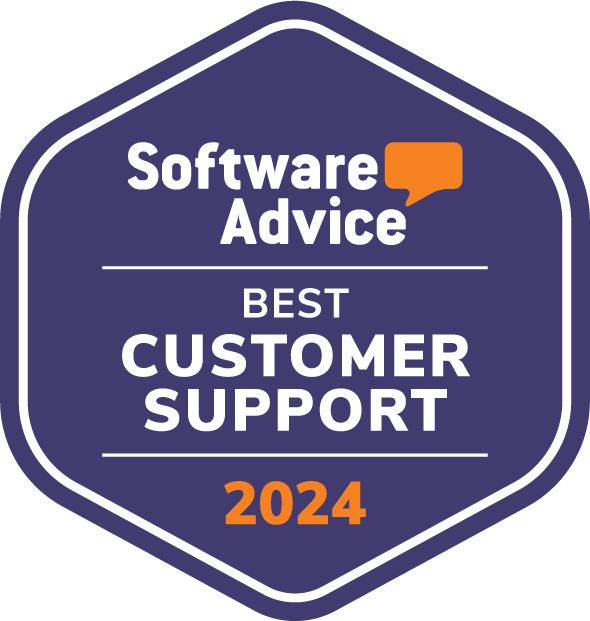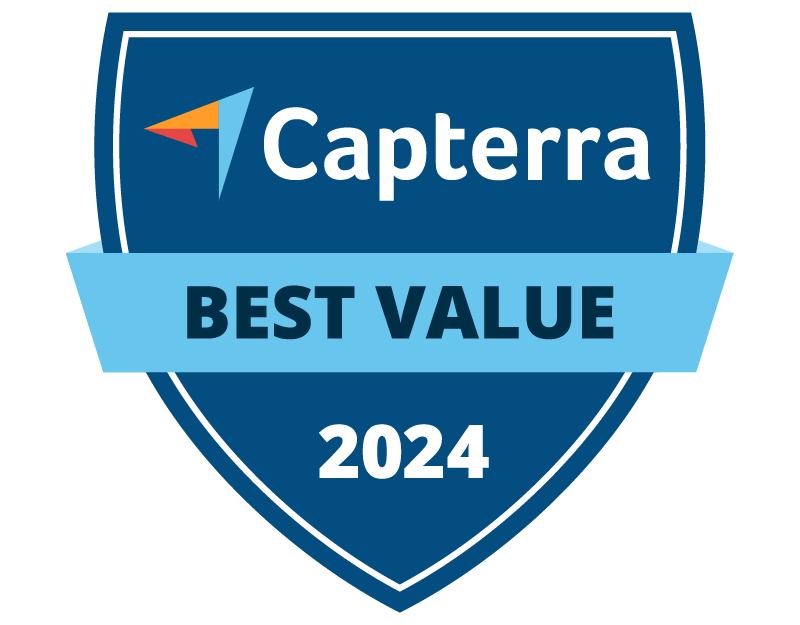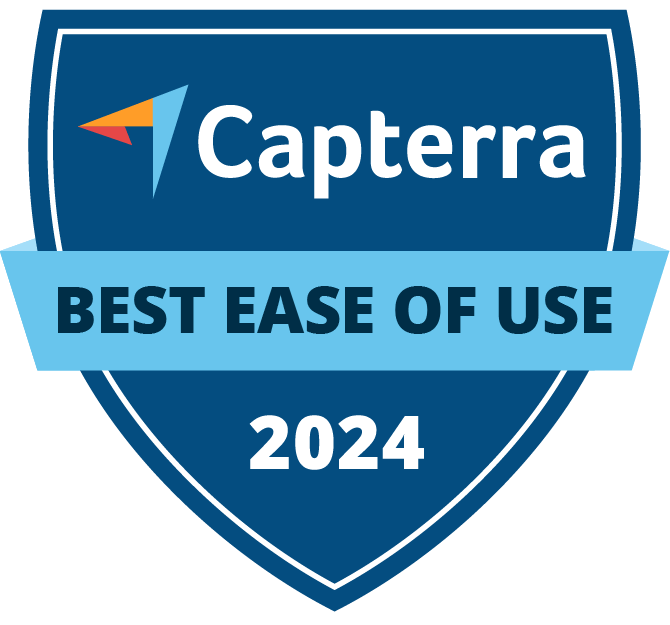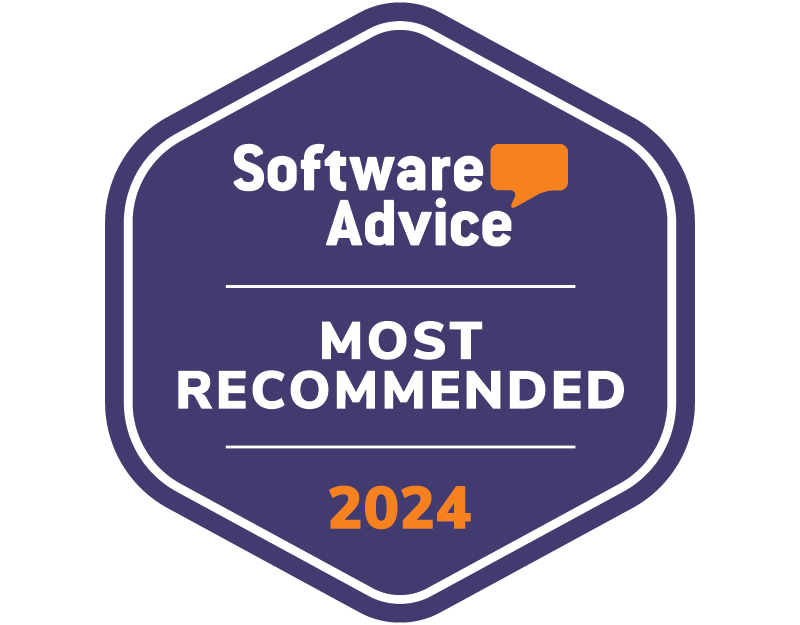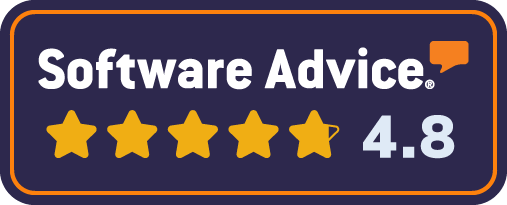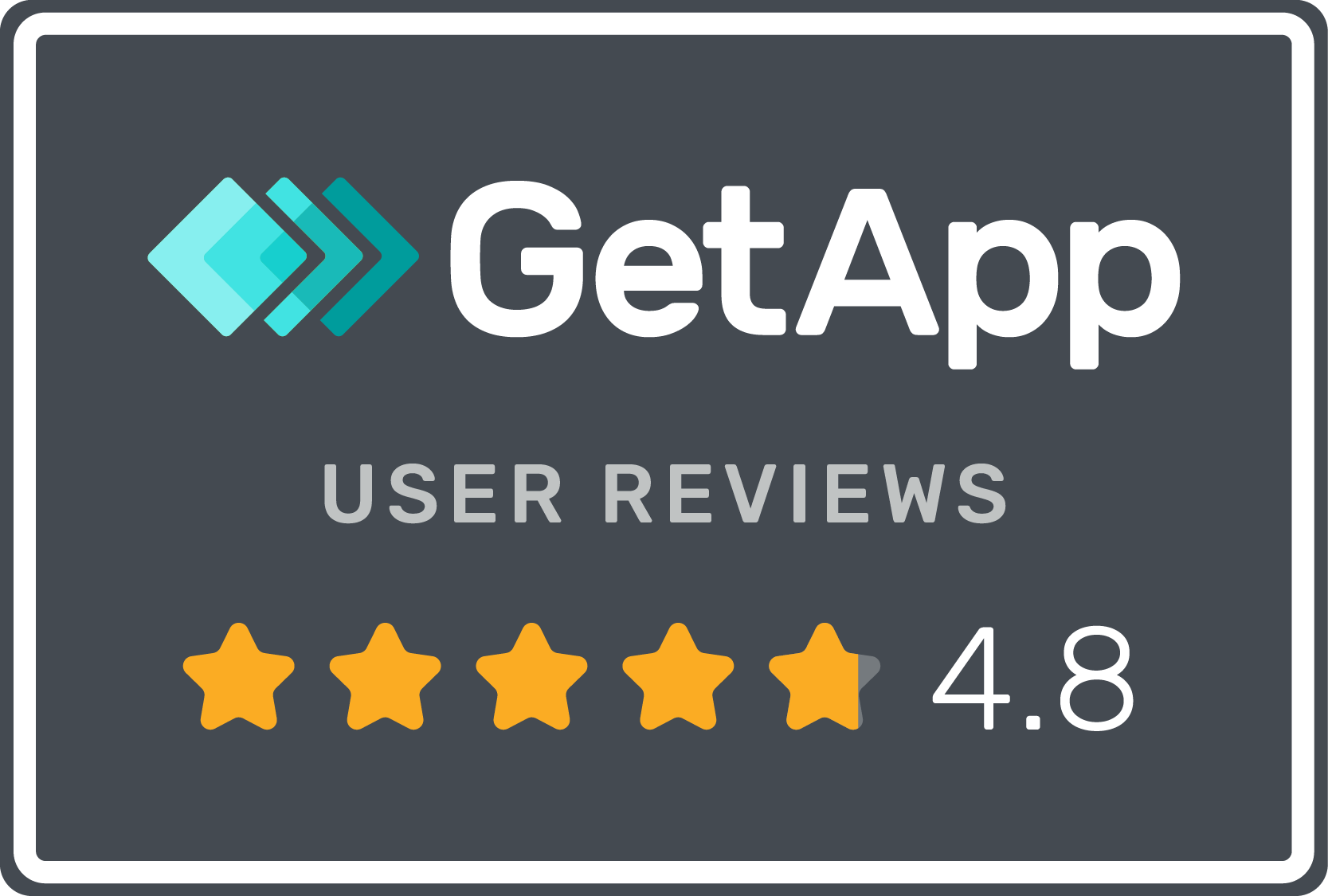Why integrate your HubSpot data with Power BI?
HubSpot offers some pretty weighty sales and marketing reporting, some of it is customisable too, so you may be wondering why you’d want to integrate your HubSpot data with Power BI. You can see everything you need to see in HubSpot, right?
Actually no, sorry to burst your bubble! There are several reasons why you’ll want to see your reporting in Power BI and we cover the main ones in this article.
Power BI is one central location for all your business data
In HubSpot, you can report on sales and marketing data but you can’t see data from other areas of your business, for example, your operations or accounts. So you don’t get a reporting view on your whole business to improve processes, look at actual financials or decide your overall company direction.
There are also some limits on the value of your sales and marketing data if you look at it in isolation. For example, imagine you work in a service industry, HubSpot can show you which of your marketing channels generate the most enquiries and, if you have the reporting capability, what percentage of these turn into sales. But what you can’t see is what happens after the sale, are these customers extremely difficult, demanding, and hard to service burning through hours of your time?
If you have your sales and marketing data integrated with operational data, you’d be able to see this and you’d get a much more helpful and honest view of what is working. You could discover that the fewer customers you get from a different channel are a lot more lucrative.
There are also benefits to seeing your sales data alongside your accounts, do they reconcile? This is an important thing to check.
In Power BI, you can report on all your business data in one central location and you can pull in data from multiple sources for a complete view.
In some instances, it is possible to pull non-HubSpot data into HubSpot for the sake of reporting. But if you do this, you’re using your CRM as the central hub for all your business reporting. A CRM system isn’t designed for this, whereas Power BI is. So, when you’re looking at complete business data it’s a sensible and better long-term approach to use a reporting system.
Using Power BI for reporting is significantly cheaper
If you’re using HubSpot, it’s tempting to assume that all the reporting they offer is available to you. Unfortunately, this is wishful thinking, a lot of the high-end reporting in HubSpot is only accessible on the higher price packages.
For example,
- If you want to look at custom behaviour, so if you want to see how your customers behave outside of HubSpot, such as app login and downloads (a bit like events in Google Analytics) then you need to be on at least the Marketing Hub Enterprise package.
- To have marketing campaign data, you need to be on Marketing Hub Professional.
- To create reports with the custom report builder, you need to be on at least one of these packages - Marketing Hub Professional, Sales Hub Professional, Service Hub Professional, Operational Hub Professional, CMS Hub Professional.
To give you a rough estimate, the Marketing Hub Professional package, which is one of the lower packages listed above, starts at £665 per month for 2,000 marketing contacts. In reality you’re likely to have a lot more. So to enjoy some of their solid reporting, you’re going to need to spend a significant amount of money per month and you may even need more than one package. Power BI licenses are much cheaper. Like HubSpot, they offer a free version and their free version offers more reporting functionality because HubSpot is a CRM and Power BI is a reporting tool.
If you want to know more, here’s a short video about Power BI licenses.
It’s easy to get your data into Power BI
Reading the above, you may now be sold on the idea of transferring your HubSpot data into Power BI - we don’t blame you! There are a few ways you can do this.
You can build your own API integration, but I'm guessing you don’t want to do that. Honestly, it’d be a waste of your developer’s valuable time when there are much simpler options available.
One option is to use the HubSpot to Power BI integration that’s built into HubSpot. This sounds like an easy option, but before you dive in, just a couple of points to consider:
- This is not necessarily an easy out-the-box option for those that aren’t that technical. It’s a complicated API with a lot of perimeters so you’re likely to need developer support.
- You’re at the discretion of HubSpot to keep the API updated and working as you anticipate. As this is not their core offering, it’ shard to know how diligently this will be updated.
Another option is you use Tugger. Tugger integrates with HubSpot and transfers the data to Power BI. Included in your small monthly subscription is data storage in a secure, enterprise-level data warehouse. (You will need to consider data storage whenever you’re transferring data from one system to another.)
There are three core benefits to using Tugger with HubSpot:
- Tugger’s core purpose is to transfer your data and get it quickly and securely into Power BI. This means our API will always be up-to-date and there will be no unexpected changes which can mean your data is skewed. We also understand the purpose of the data transfer so when you transfer your data over, it's neatly organised like atop-notch Excel spreadsheet.
- It’s easy! Once you sign in, you follow a few simple steps, you shouldn’t need any developer support. Here’s a short video about how it’s done with Tugger.
- Uniquely, Tugger gets you set-up with core business reporting for free. So, you can get your data into Power BI and set-up with core reporting in one tool. It’s a complete, end-to-end offering that really simplifies the process. The reporting you can enjoy includes all the standard sales reporting in HubSpot and deeper sales reporting including tasks, calls, emails, meetings, and notes. It’s also worth noting that these are the reports you will be set-up with for free, but once your data is in Power BI, your custom reporting options are practically limitless.
———
So there you have it, why you’ll want to consider integrating your HubSpot data with Power BI, and how to do it.
If you’re interested in Power BI, then why not subscribe to our YouTube channel for lots of tips, tricks, and advice? Or get in touch for a chat.
